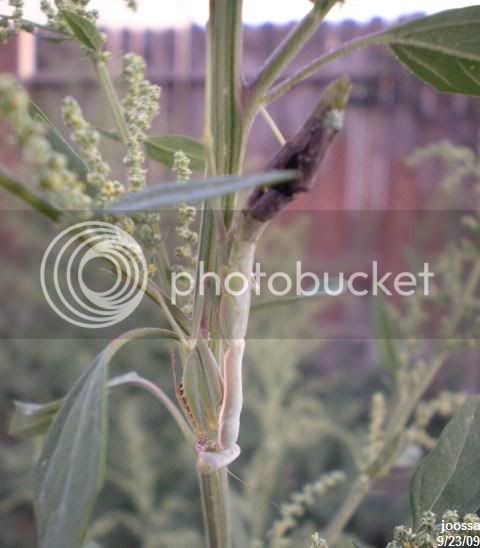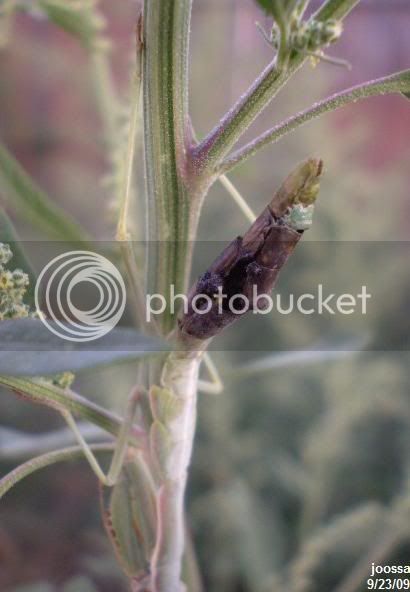Ntsees
Well-known member
Yeah, that's pretty much the trend when dealing with a parasite and it's host. There's a possiblity that what if the parasites are not ready to pupate yet? There were quite a few parasites and due to that, maybe they couldn't get the necessary nutrients yet to pupate? If they are not quite ready yet to pupate, are you going to feed them so that you'll at least know (and hopefully share with us) what those things are when they become adults? This is something that I haven't encountered and as a mantid breeder, I, as well as anyone else, would like to know this other threat to mantids.I am going to keep them and see what they turn into. I assume that once they kill the mantis they will pupate since their food source is now gone. The abdomens of these mantids are nearly empty after these things come out. I was hoping somebody will some knowledge on this would chime in. Christian?













































